The story of an exhibition advertising campaign
The story behind a recent museum exhibition advertising campaign is worth telling because it says something about our client as an institution—one situated in a highly competitive museum market without the marketing budget to match its heavy-hitting competitors—and also something about our approach, which demands that strategy be put first.
We have been working for several years with the National Museum of Women in the Arts in Washington D.C., both on the institutional brand and the marketing for its exhibitions. Following on the heels of the very well-attended and successfully marketed “Meet Mary” exhibition, we were presented with the challenge of promoting two relatively small exhibitions through a single advertising campaign.
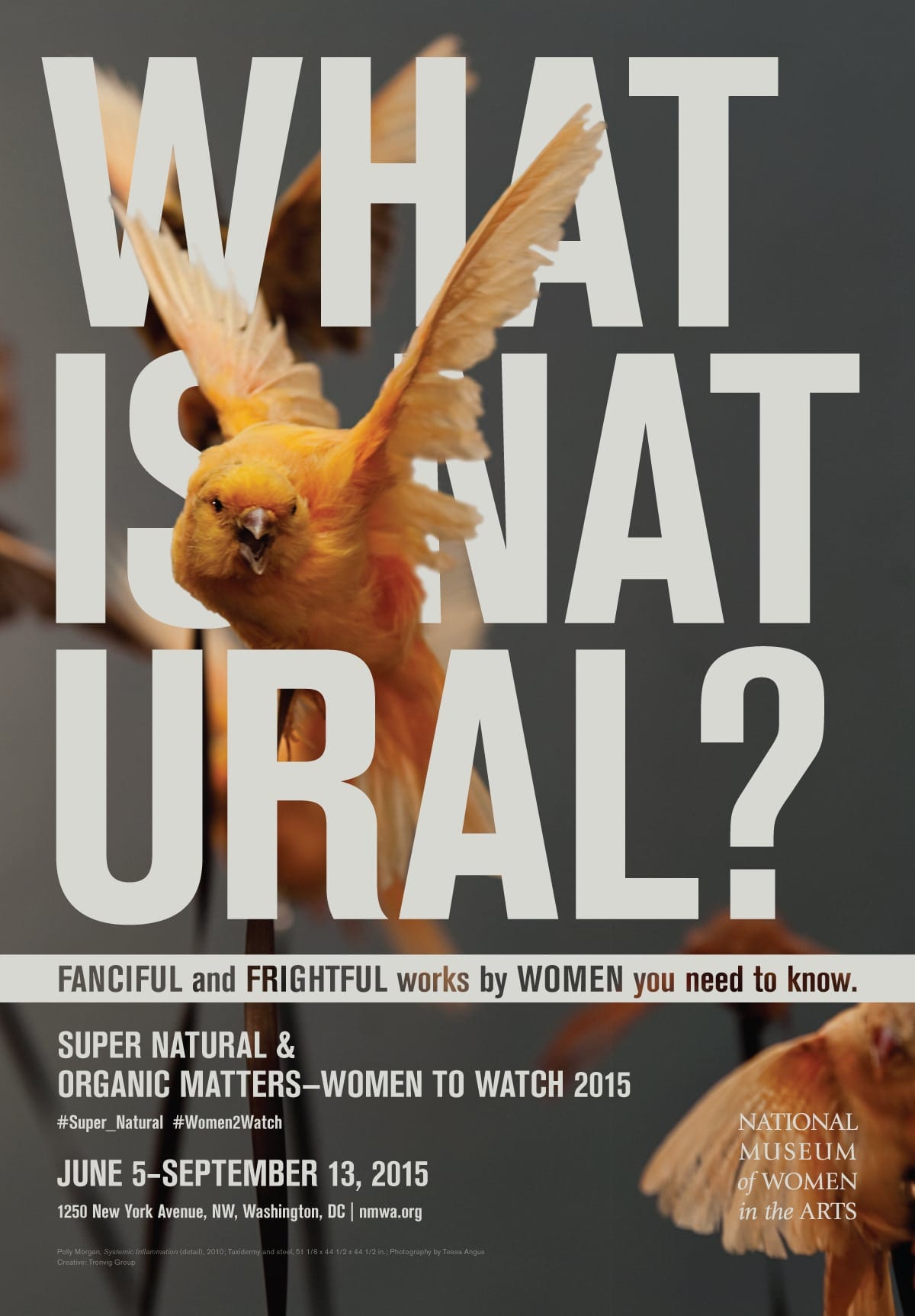
We had no celebrity artist whose work could pull visitors easily. Essentially, we needed to promote two different group exhibitions, each with an array of artists representing a wide assortment of artistic styles, in one campaign. This was not an easy task, but at the same time, it was a prime opportunity for the museum to live up to its organizational mission of championing women through the arts—including, in this case, emerging women artists.
The “biennial” type Women to Watch 2015 exhibition showcased work from contemporary women artists from around the globe, and Super Natural, an exhibition curated inventively by Kathryn Wat and Deborah Gaston, was drawn entirely from the museum’s own historic collection with works reaching back into the 18th century. How do you pull all of this together on a bus shelter and still generate interest?
A process led by strategy
We workshopped our way to an understanding of a common theme between the two exhibitions: exploring the natural world. We then made a clear choice of who we could most effectively target in the marketing campaign. These decisions allowed us to land on a simple but engaging question as a headline that introduced the meaning and value of both exhibitions while activating curiosity on the part of our intended marketing target: What is Natural?
Our strategy allowed us to focus the exhibition advertising on a conceptual level, rather than highlighting individual works, none of which could have fully represented the diversity of these exhibitions. In other words, we honed in on the “why” from the perspective of the audience, instead of the “what,” which would likely have yielded a list of artists or the display of a “representative” artwork that would have called attention to a particular artist. Such an advertisement might have drawn those who liked that particular artist to the exhibition, but it would not have served to represent the actual value or scope of the two exhibitions together. We think we found a way to address the needs of the audience while still meeting the particular requirements of these exhibitions.
Back to the drawing board
The creative variations of the advertising campaign that we originally developed answered the strategic needs of the situation, and the client chose a creative direction from among them. In typical practice, we would have been finished with the creative at that point and proceeded to the planned media buy. The story would have ended. But we were not quite satisfied. We looked again at the strategy and concluded that our initial creative answer was not strong enough to capture attention in Washington D.C.’s crowded media environment.
So we went back to the drawing board—on our own time—to develop a new and more aggressive solution to the strategic challenges of the exhibitions. We returned to our client and asked that our previous work be unapproved and replaced with our new concept. It is a credit to Amy Mannarino, director of communications and marketing, and to Susan Fisher Sterling, the museum’s director, that we were allowed to do this. As a result of our rework, we landed on this campaign.
The resulting advertising campaign
The new advertisements were more stylistically assertive and disruptive of the artworks. They necessitated special permission from the artists because we used the artwork as the context for the message, instead of as the presented subject material.
The title typography interacted with the work, taking an equal footing with the artwork. The text was also broken up in such a way that it was not immediately decipherable, further drawing the attention of passers-by. This is an approach that was new to the outdoor advertising landscape of in D.C. This visual treatment also suggested and confirmed the fact that the exhibition was three-dimensional, inviting mental, if not tactile, engagement with the artwork. So the promise of the exhibition advertising campaign was not broken by the experience of the exhibition itself.
Looking at the advertisements now, a year after they served their original purpose, they hold up nicely. In the context of the subsequent exhibitions promoted by the Women’s Museum, they also served to blaze a path for what we have done since. Each exhibition gets its own strategy that connects the exhibition to the institutional brand and to an identified audience. Each involves research into any new audiences, if they emerge from the exhibition strategy workshops, and we’ve been right much more than wrong in landing on a message that resonates with the audiences’ needs.
Why do an exhibition strategy when it’s more work?
With each new campaign, we share with our client an intense desire to find the best answer to the strategic needs of that particular exhibition. We know that the answer is not the answer until we have satisfied the agreed-to strategic requirements for that particular exhibition, established a strong theory as to how the exhibition connects to a clearly identified audience, and checked our strategy against the organization’s mission and values. This is not the same as making a clever or well-designed advertising campaign—it’s much more work—but the results speak for themselves in terms of these campaigns’ capacity to connect with an audience and foster interest and attendance.
This is advertising that finds creative ways to help our clients make the world better. It’s not for everyone. But it’s what comes naturally to us and to those clients who are ready to go with us on such a path.
Award for Museum Exhibition Advertising Campaign
We were very proud to see our work on this exhibition validated by a first prize in the American Alliance of Museums’ 2016 Museum Publications Design Competition for the poster category. We won with the set of four bus shelters created by art directors Anne Mieth and Tanya Kuznetsova.
This campaign symbolized for us what strategy looks like in execution when both the agency and the organization invest in it. It feels good to be rewarded for hard work not only on our part, but on the part of the National Museum of Women in the Arts, which has been deeply invested in the effort to transform its brand and its organizational impact in the service of an important cause.
This award is for Amy Mannarino and Stacy Meteer, the dynamic duo who do much with what they are given; to Kathryn Wat and Virgina Treanor, who are resilient enough to repeatedly spin curatorial gold; and of course, it is for Susan Fisher Sterling, who saw in us what others did not.
The American Alliance of Museums is also worthy of praise here for its continued commitment to the values of courage, excellence, partnership, access, and inclusivity. This commitment is a great asset to the task of building a thriving community of museums worldwide.
Does your museum need an affordable way to improve its brand today?
Because we know that not everyone needs or can afford our full process, we created a guided tutorial package for our foundational brand strategy tool: the Brand Pyramid. Watch the video for a preview.
For more information on this brand strategy tutorial, visit here where you will find a fuller explanation and link to a free download of the first video.
Tronvig Creative Credits:
Art Directors: Anne Mieth & Tanya Kuznetsova
Account Manager: Kira Brodskaya
Creative Director: James Heaton


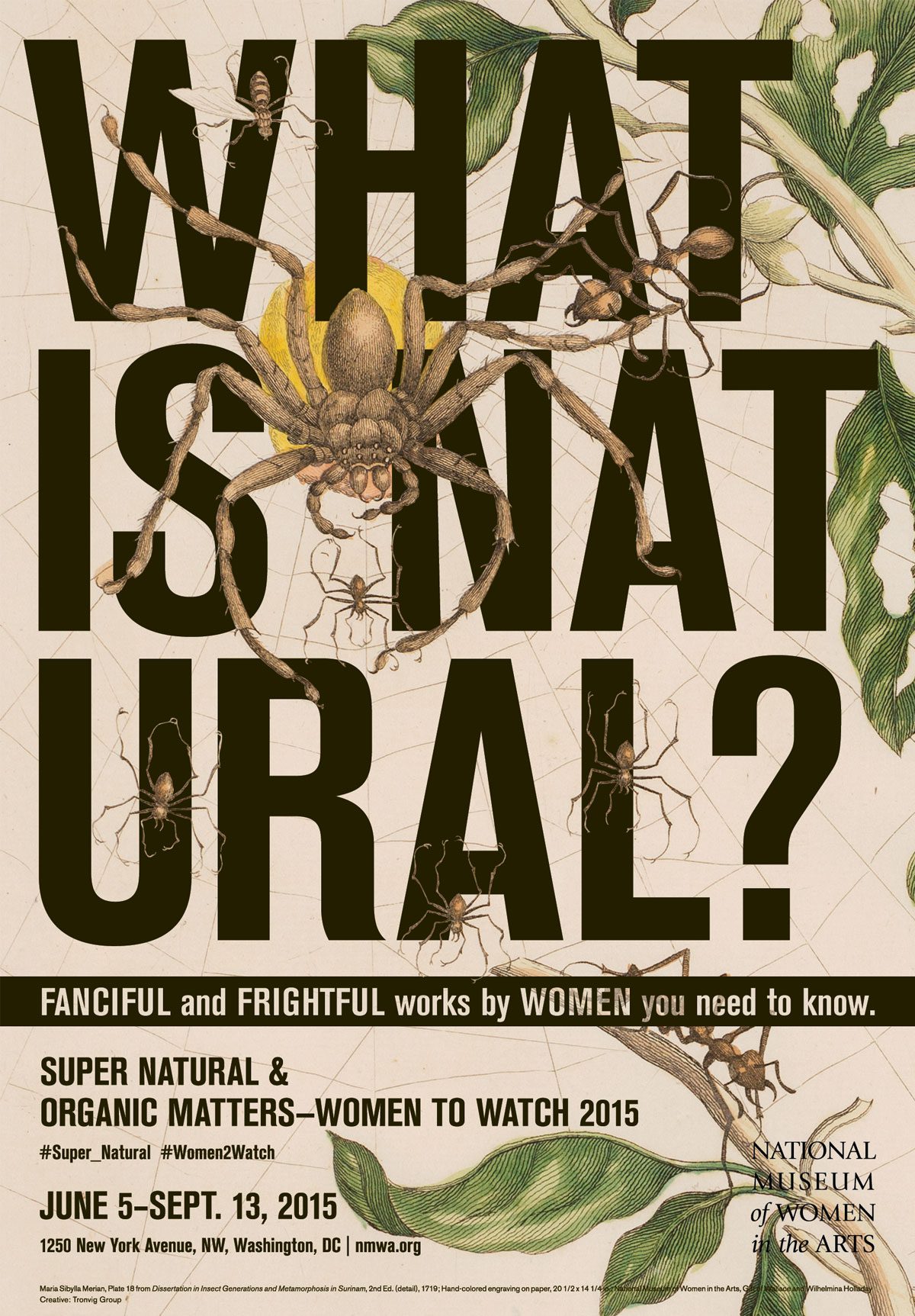
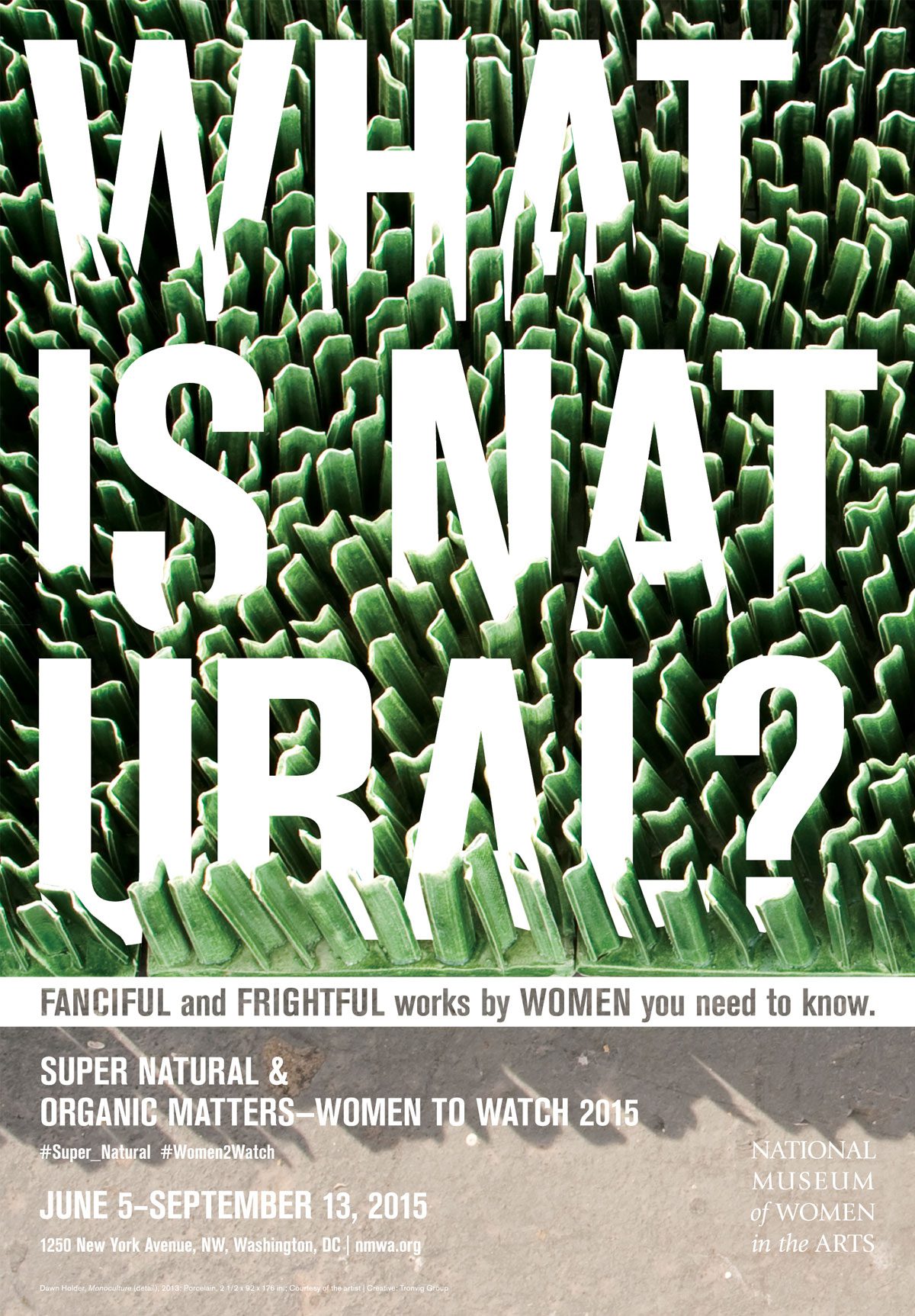
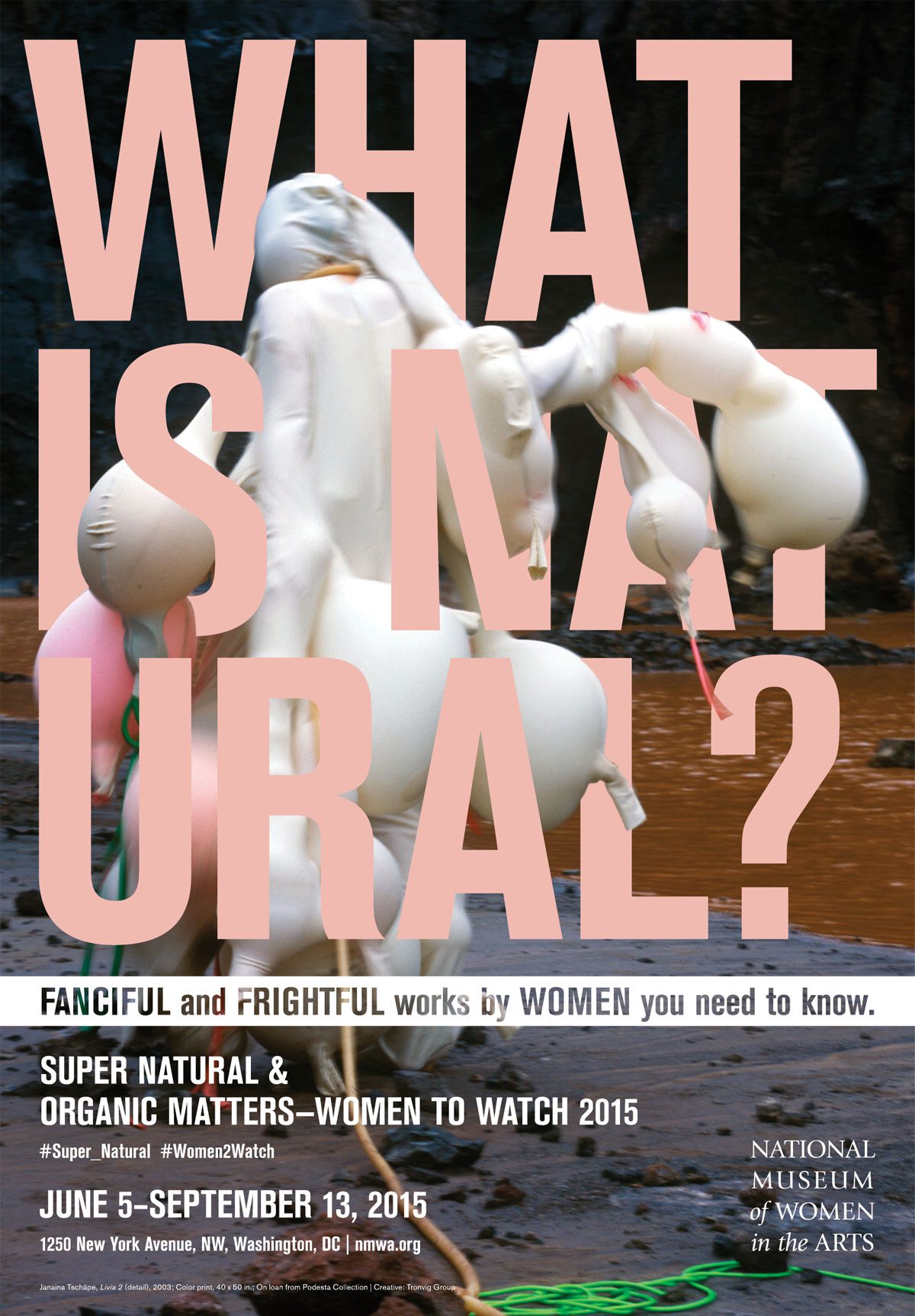
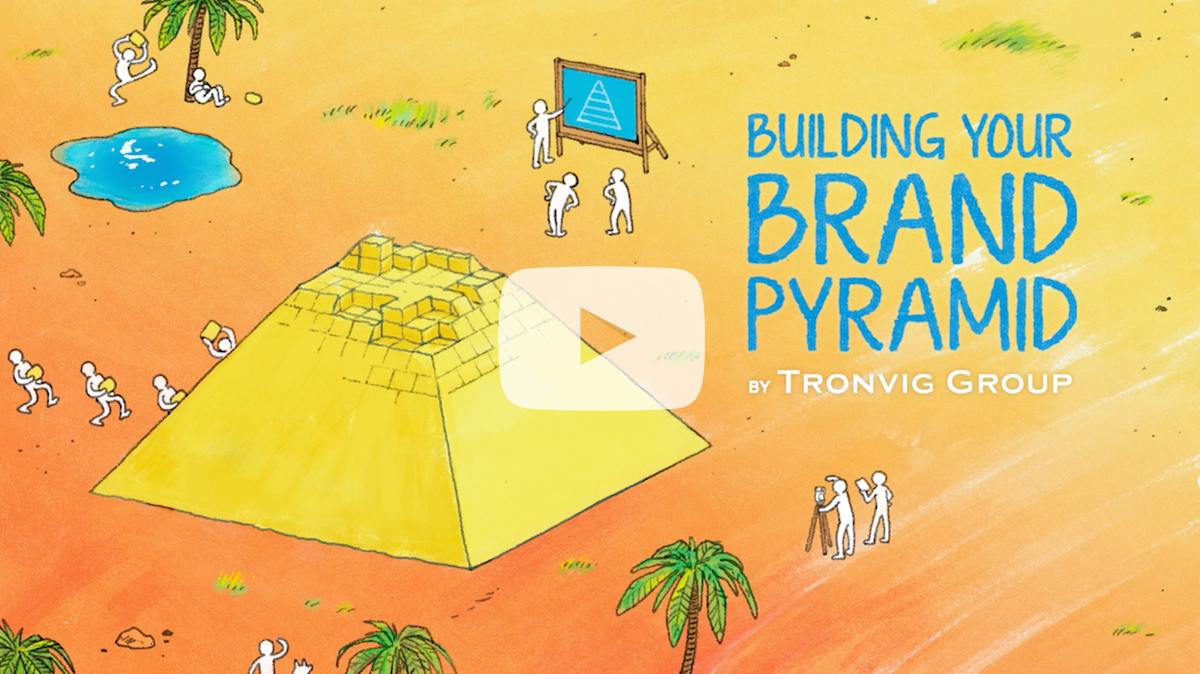
Ask for help.
We are kind, thorough and ready when you are. You just need to ask.